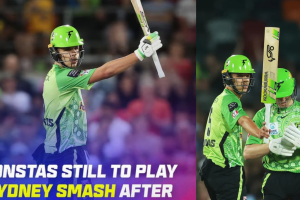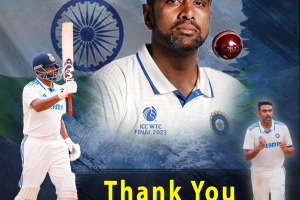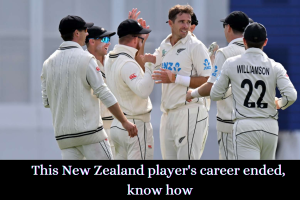All India Chess Federation (AICF) president Sanjay Kapoor said on Wednesday that the world’s number one chess player Magnus Carlsen could have been aggressive and taken his chances during the second game of the International Chess Federation (FIDE) World Cup final against R Praggnanandhaa and expressed his belief that the 18-year-old Indian grandmaster will emerge as victorious in the tie-breaker on Thursday. The second game of Classical Chess at the Federation Internationale des Echecs (FIDE) World Cup final between Indian grandmaster R Praggnanandhaa and Norway’s world number one Magnus Carlsen ended in a draw on Wednesday, with the winner of the tournament set to be decided on Thursday. The contest between these two Chess stars has now moved to tie-breakers.
“Today, Carlsen had white pieces and Praggnanandhaa had black. Magnus could have been aggressive and taken his chances. But he did not. It is a great feat for our young Turk Prag (Praggnanandhaa). When you see a young player like him do so well, draw games against Magnus, it means that he is playing on par with him,” said the AICF chief in an interview with ANI.
On India’s performance in the FIDE Chess World Cup, Sanjay said that India’s chess future is bright. Notably, four out of eight quarterfinalists this time around were Indians. This included Praggnanandhaa, Gukesh D, Vidit Gujrathi and Arjun Erigaisi. While Gukesh lost to Carlsen and Vidit lost to Nijat Abasov of Azerbaijan, Praggnanandhaa defeated Arjun to reach the semis, where he beat Fabiano Caruana of the US.
“In the Olympiad last year, we had the podium finish in both men’s and women’s team events (Bronze medal in both categories). It has never happened before. Now our young Turks have started to show the results. India has started showing great results after a long time. Everyone knows our champion, Vishy (Vishwanathan Anand), but now I feel that our Chess future is bright. Superb performance by them, great admiration for all who went to the quarterfinals. Losing or winning one game does not define you. Having four out of eight quarterfinalists as Indians is a matter of pride,” said Sanjay.
Talking about his relationship with the 18-year-old Chess prodigy, Sanjay said, “For me, he is my son. He is a good child. Every time I see him, I feel like hugging him. You cannot explain that feeling. His mother and father feel really happy when they see me. Whenever I come to meet him, I ask him if he wants something, he says that ‘you are here, that is all’.”
On the tie-breaker scheduled for Thursday, the AICF chief said that Praggnanandhaa should win, for the nation, for its chess players and Prime Minister Narendra Modi, whom he credited for “blessing the Indian chess”.
“He (Praggnanandhaa) will win, no second thoughts, no second questions asked. I want him to win. He is our country’s son, he should win. Our PM has a golden touch, a way to motivate others. It is because of him that we are doing so well. When you meet him, you feel energised. The face of Indian chess has changed ever since he gave it his blessings. So we have to win it for him, for such a dynamic PM, for every Indian and for every chess player in this country,” he concluded.
Carlsen drew the first game of classical chess after 35 moves with the Indian prodigy. In case the second game ended in a tie, the players would have moved to two games of Rapid Chess to decide the winner of this year’s Chess World Cup final being played at Baku, Azerbaijan.
Praggnanandhaa started on a strong note with white pieces and enjoyed a time advantage over the Norwegian in the initial phase. Carlsen managed to bounce back against a player who seemed to be well-versed with the lines and moves the Norwegian was going to opt for.
Both Grandmasters continued their play in the second classical game on Wednesday, in which Magnus had white pieces.
After defeating World No 3 Fabiano Caruana in tiebreaks, Praggnanandhaa reached the final to set up a clash with Carlsen.
With both the classical chess games tied a playoff will take place on Thursday. The tiebreak procedure involves two rapid games with a time control of 25 minutes plus a 10-second increment per move. If further resolution is required, two ‘slow blitz’ games with a time control of 10 minutes plus 10 seconds increment per move follow.








